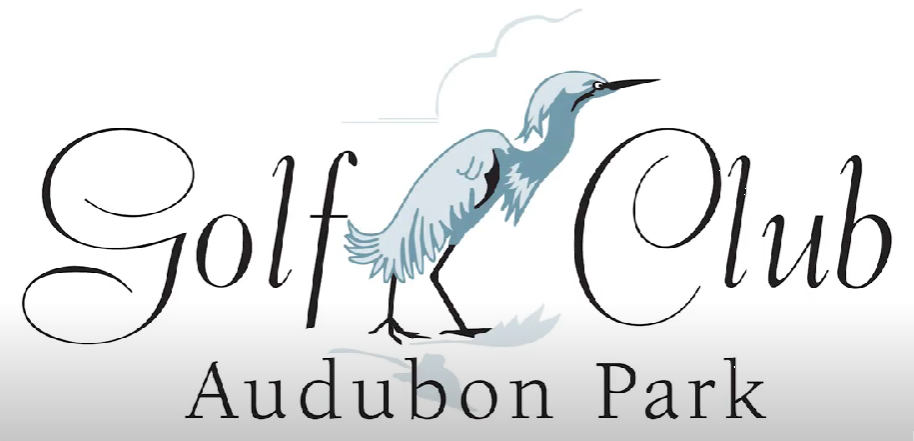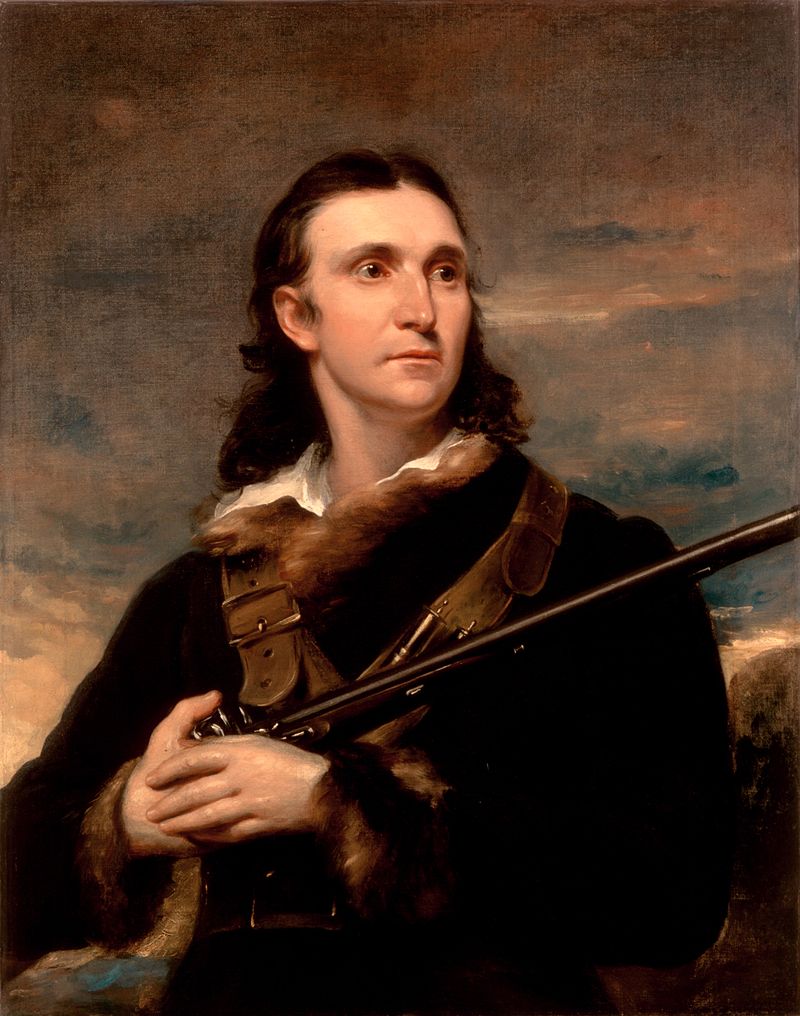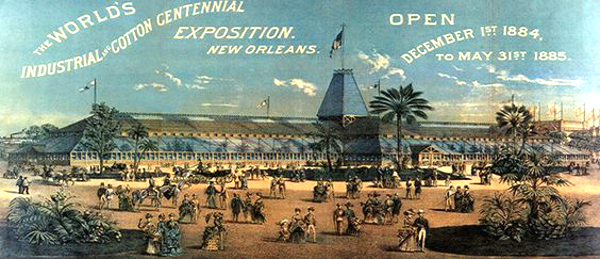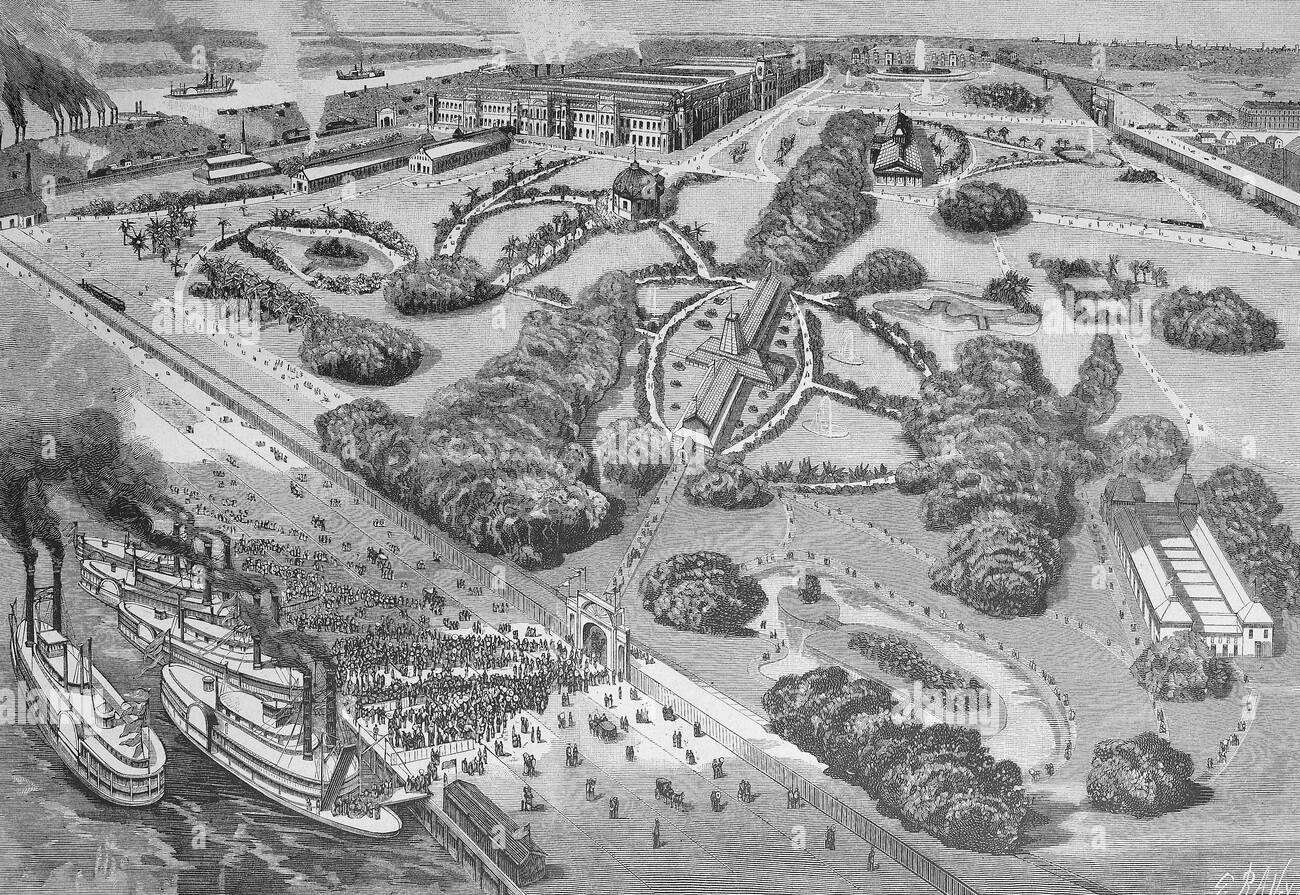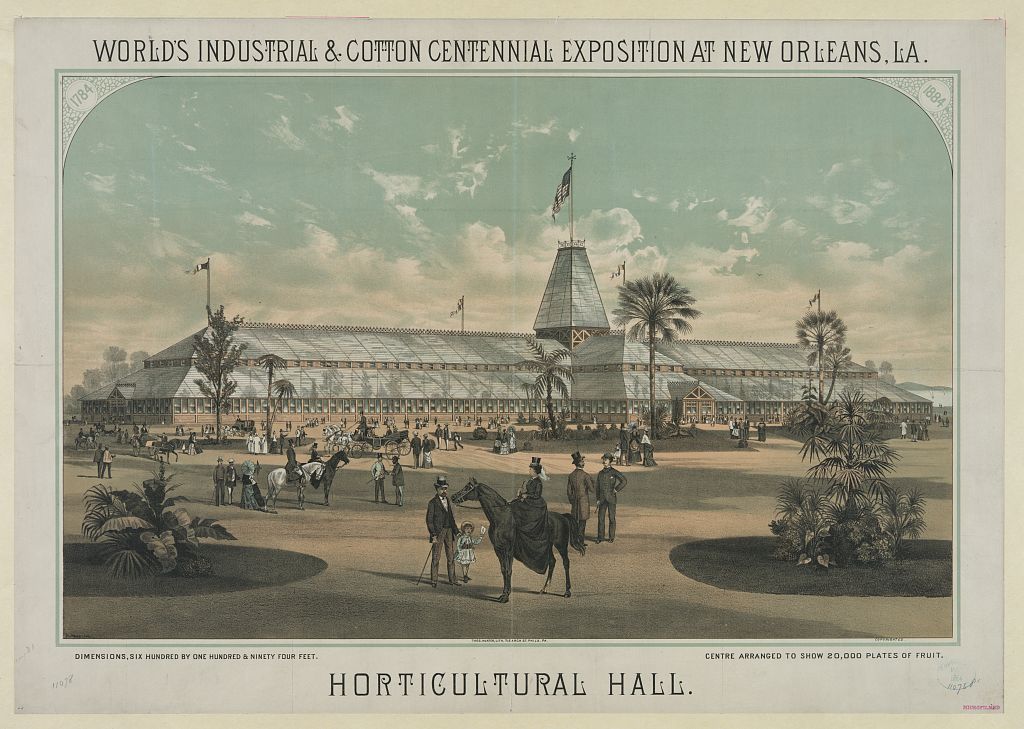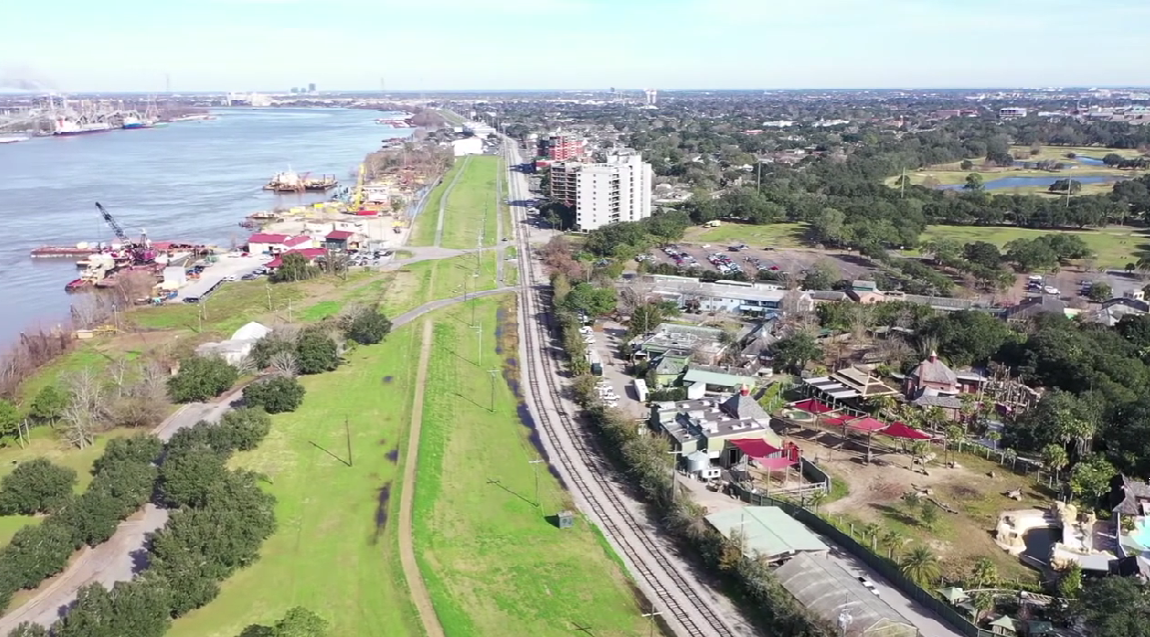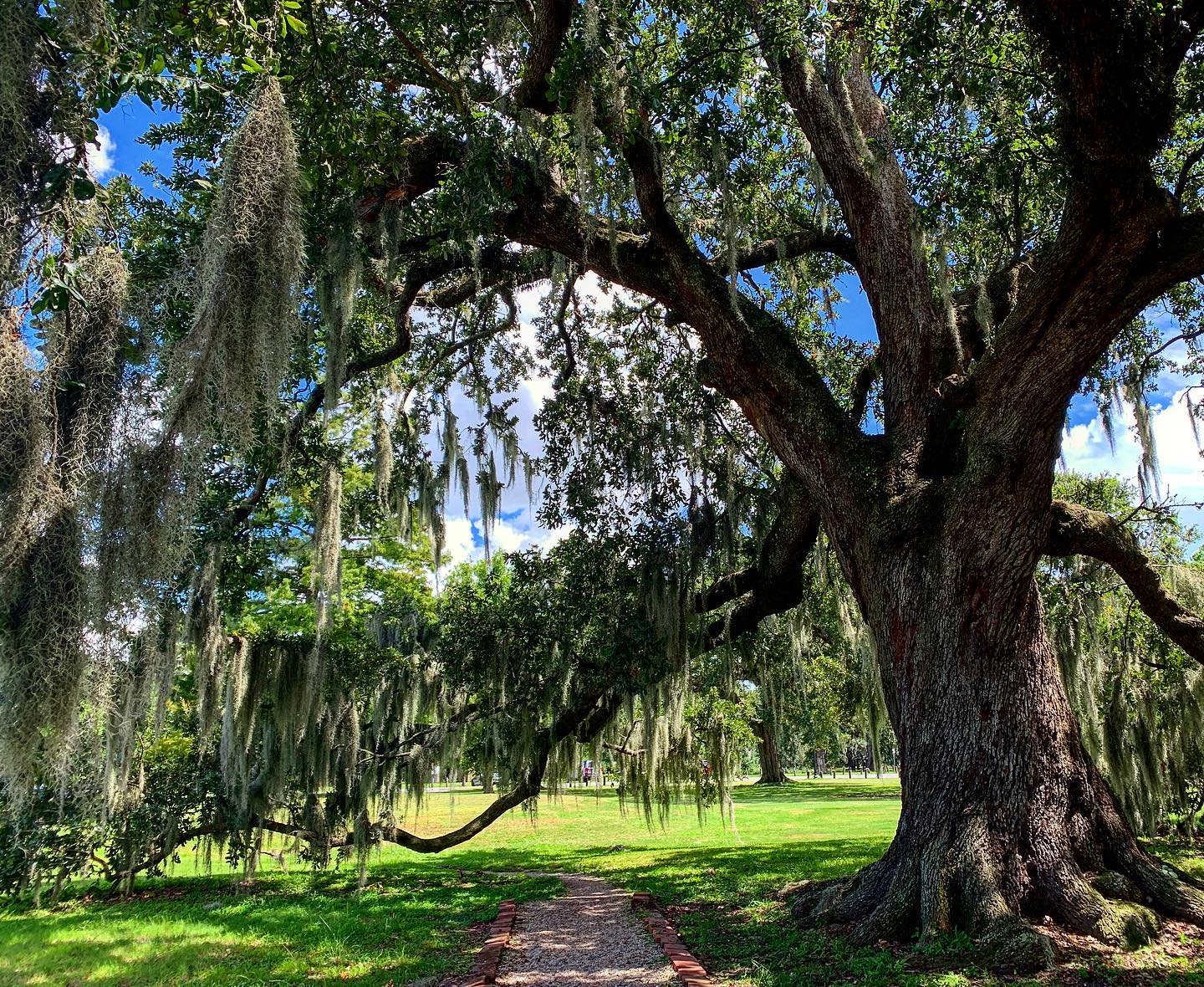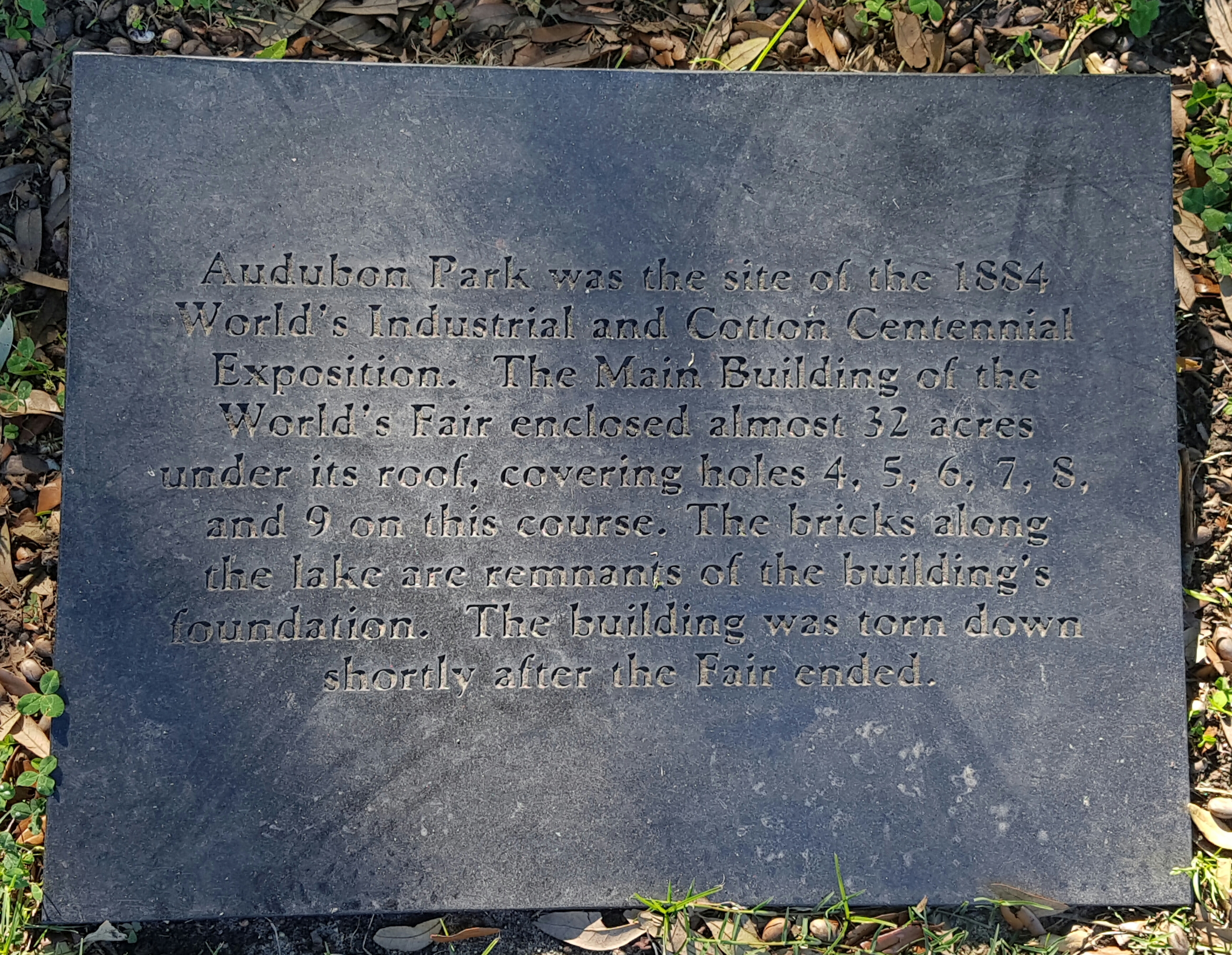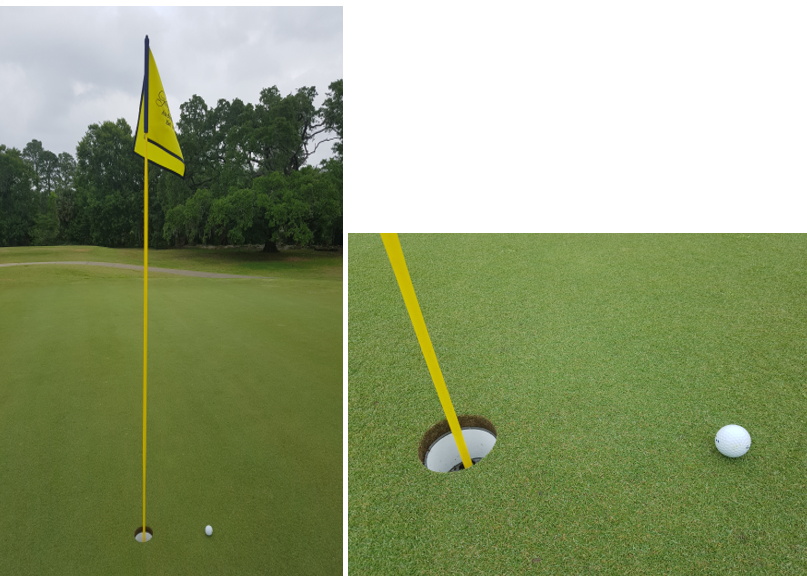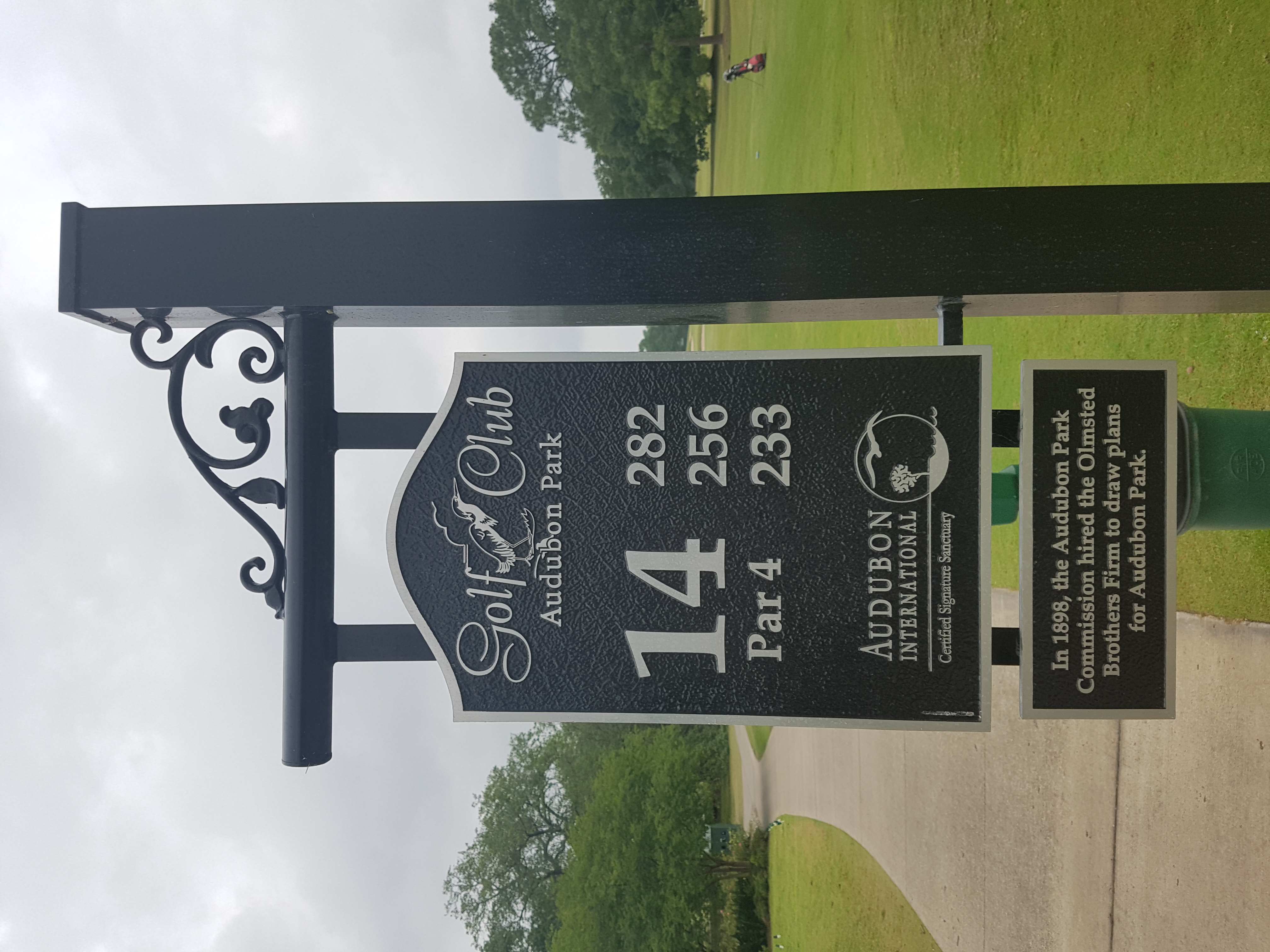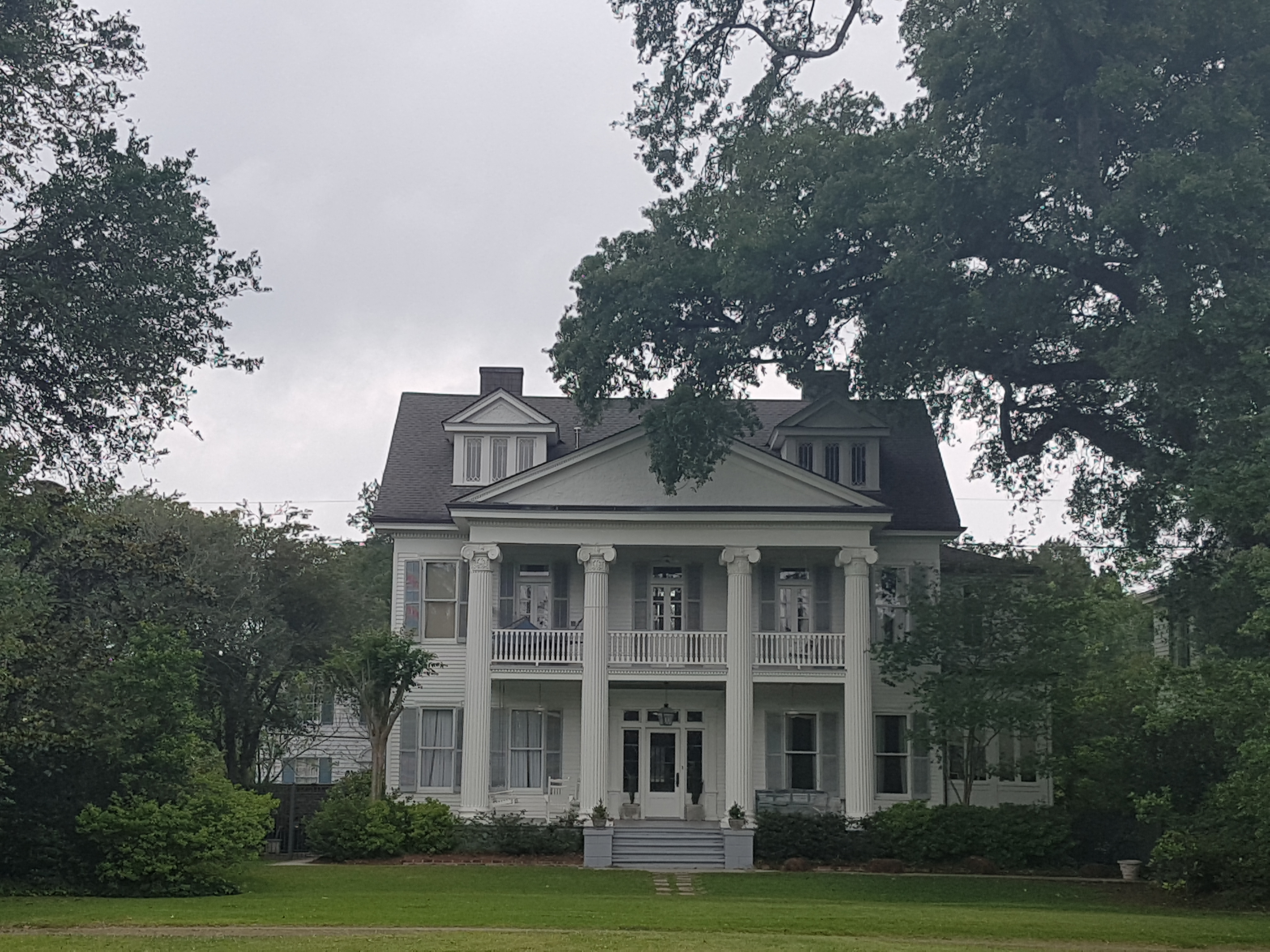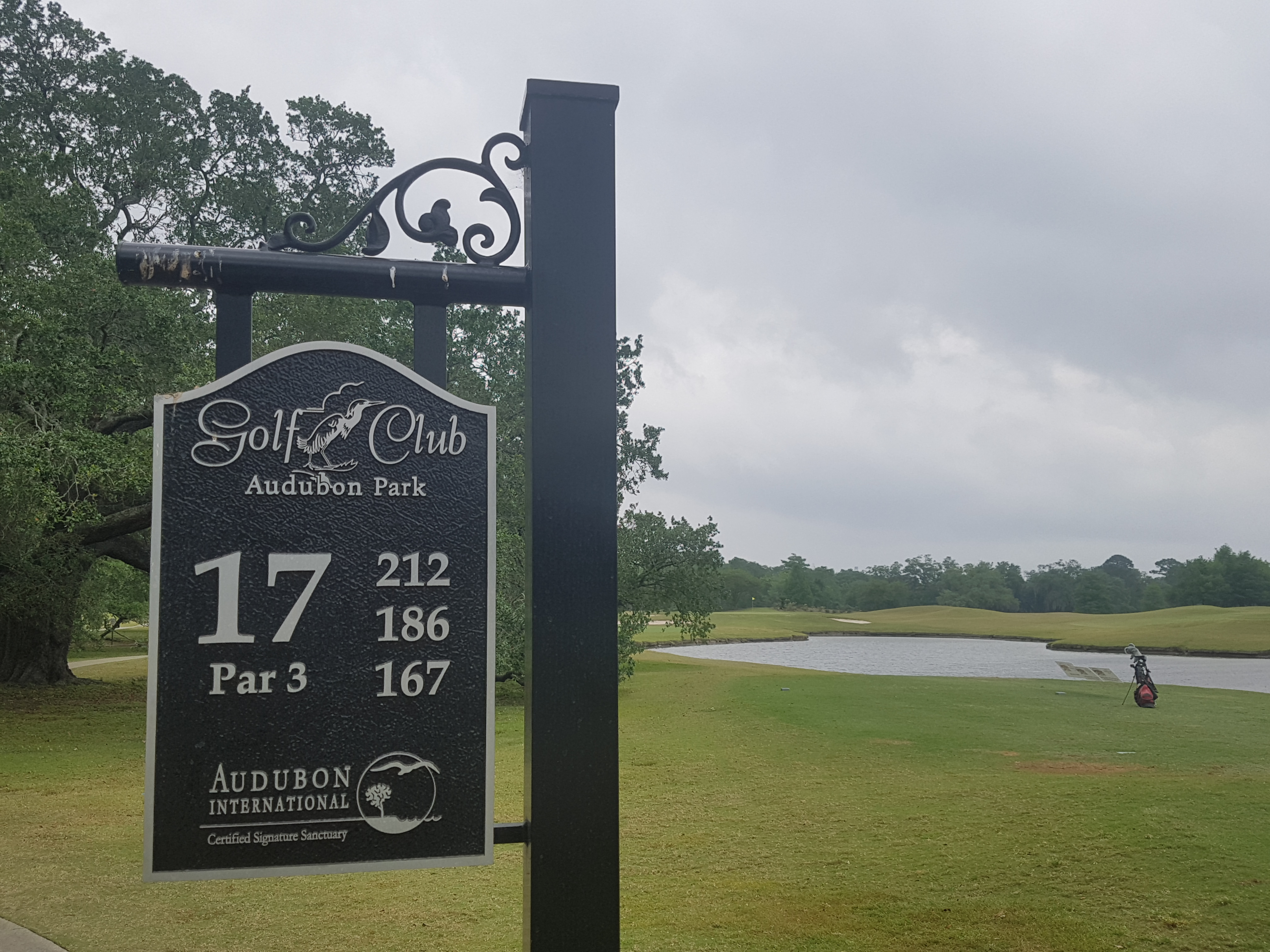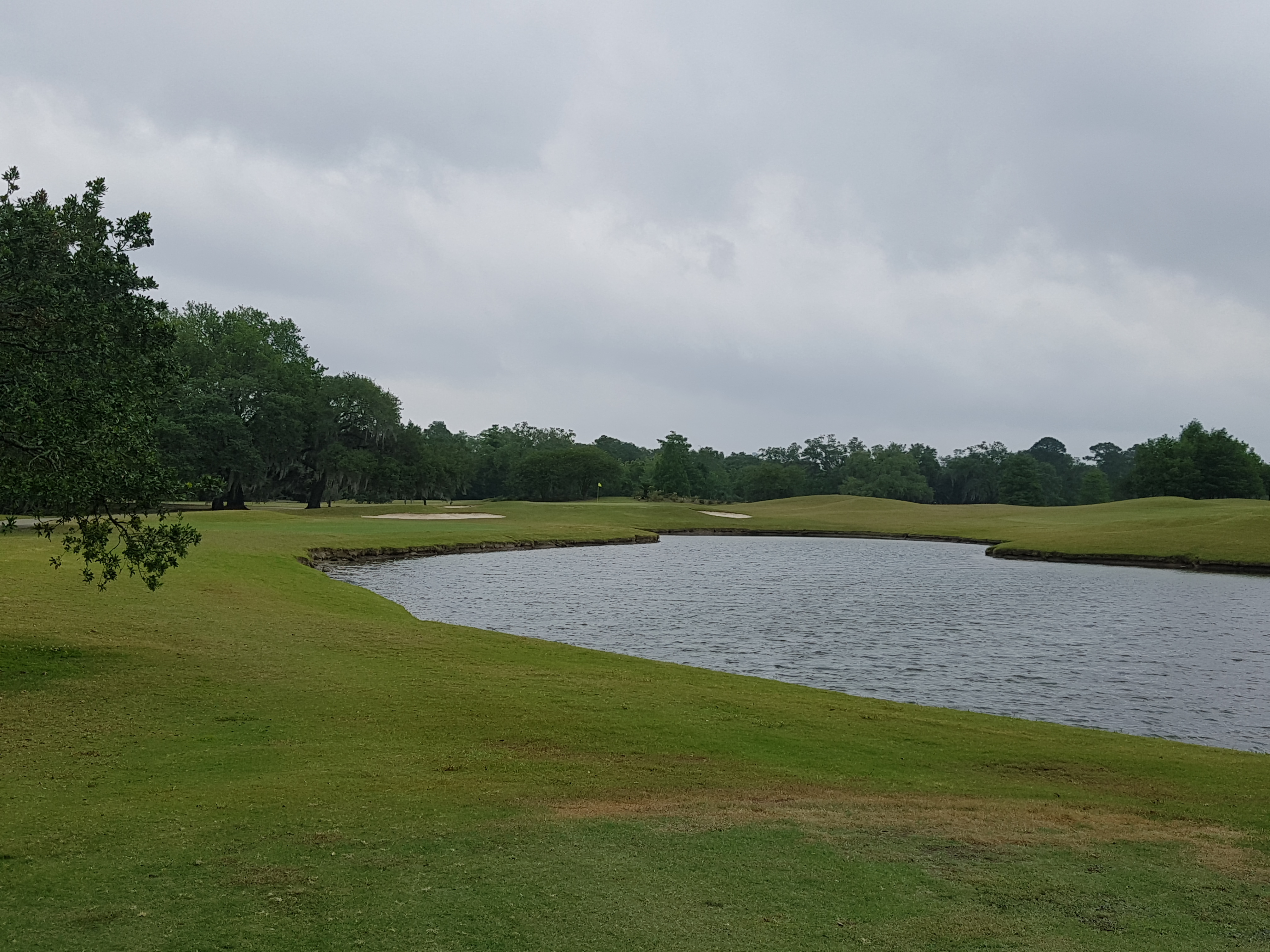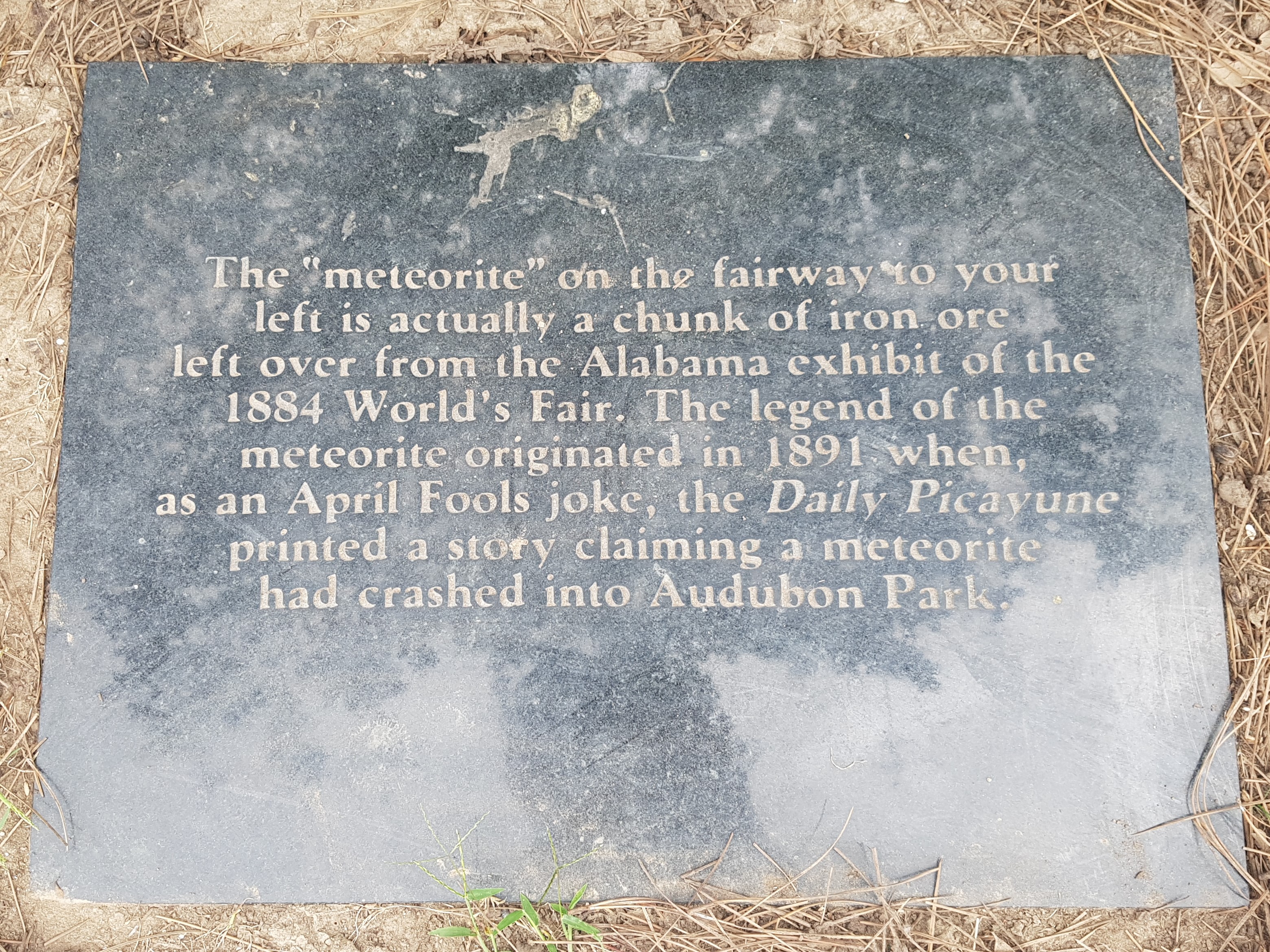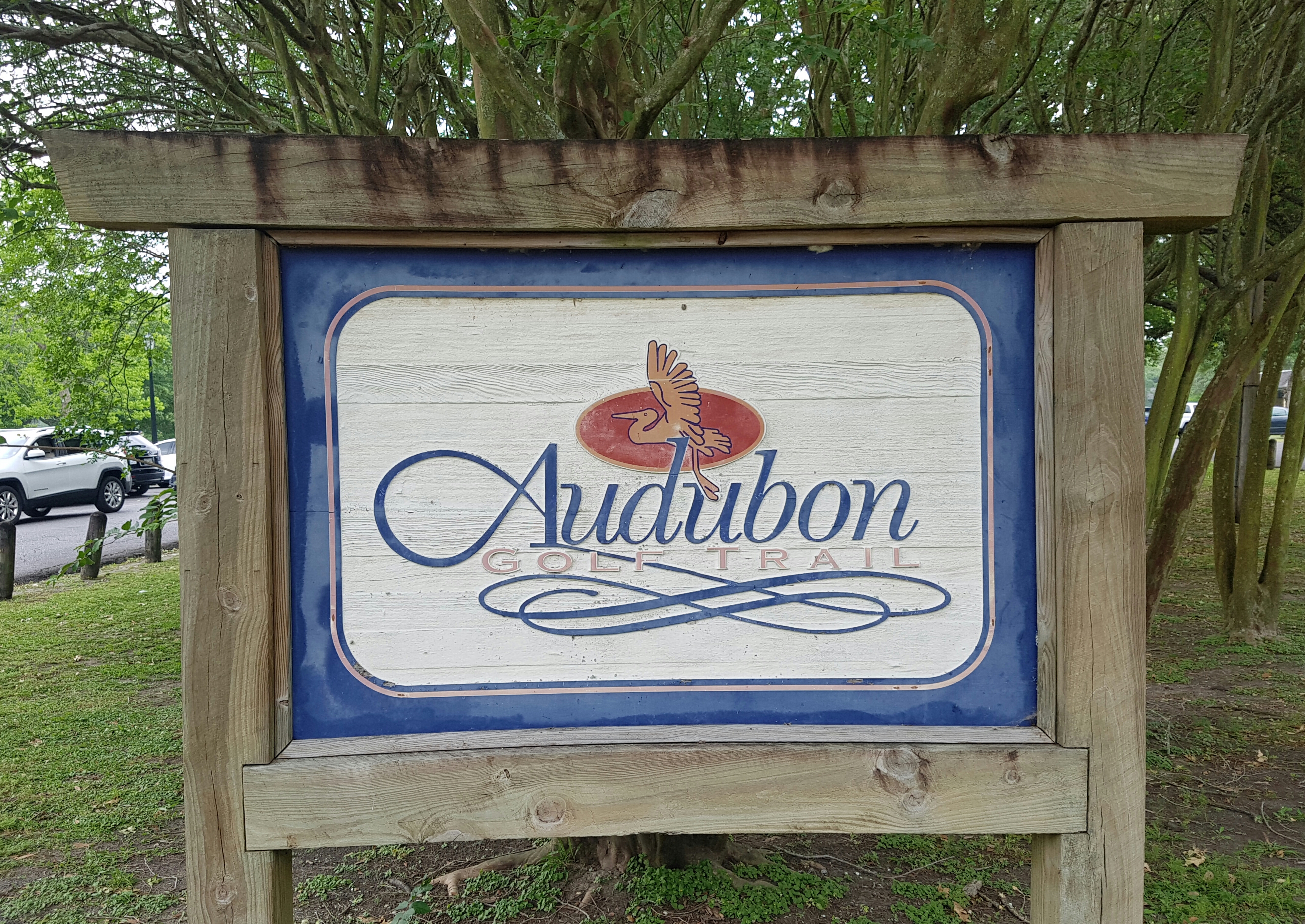New Orleans has always been one of our favourite stops on the PGA Tour for so many reasons.
A true melting pot of cultures, New Orleans has a wealth of unique heritage and proud traditions. It is best known for its music, vibrant nightlife, numerous festivals, Creole and Cajun food, and colonial architecture.
Of course, no visit to New Orleans is complete without enjoying the atmosphere of the city’s French Quarter, taking in the sights of the mighty Mississippi River and admiring the wonders of the colonial architecture.
There’s around 16 golf courses in the New Orleans area including TPC Louisana that plays host every year to the Zurich Classic and another golf club we’ve visited was English Turn Golf & Country Club, and also a PGA Tour venue.
There’s the oldest golf course not only in New Orleans but also in Louisiana – Audubon Park.
And the golf course, located close to the Mississippi River, is special to Bernie as it’s the closest he’s come to a hole-in-one in the northern hemisphere – the par-3, 11th hole and landing his tee-shot to around a foot from the cup, and on the second of two visits in April, 2017. (See photograph below)
Short History of Audubon Park ……
Audubon Park Golf Club is located within Audubon Park, and named after John James (Jean-Jacques) Audubon (1785-1851) who was a French-American self-trained artist, naturalist, and ornithologist. His combined interests in art and ornithology turned into a plan to make a complete pictorial record of all the bird species of North America.
Audubon, who began living in New Orleans in 1821, was notable for his extensive studies documenting all types of American birds and for his detailed illustrations, which depicted the birds in their natural habitats. His major work, a colour-plate book titled The Birds of America (1827–1839), is considered one of the finest ornithological works ever completed. Audubon is also known for identifying 25 new species.
The parkland was used as sugar cane plantation during the French and Spanish colonial periods and early American statehood. It belonged to Étienne de Boré, the first mayor of New Orleans and the first successful sugar planter in Louisiana.
Interestingly, it was used by both the Confederate and the Union armies in the American Civil War, and as a staging area for the Buffalo Soldiers. In 1870, the City of New Orleans, along with the surrounding communities of Jefferson City and Greenville purchased the land.
The near 350-acres Audubon Park accommodated the World’s Industrial and Cotton Centennial Exhibition that ran through from December 1884 to June 1885.
After the closing of the fair, the park’s development began in earnest. Most of the fair’s buildings were demolished, with the exception of Horticultural Hall, which remained in the park until destroyed in the 1915 New Orleans hurricane. The only notable reminder of the fair to remain in the park in the 21st century is a large iron ore rock from the Alabama State exhibit (which in local lore has often been misidentified as a meteorite). .
The park is approximately 350 acres and located about six miles to the west of the city center of New Orleans and sits on land that was purchased by the city in 1871. It is bordered on one side by the Mississippi River and on the other by St. Charles Avenue, directly across from Loyola University and Tulane University.
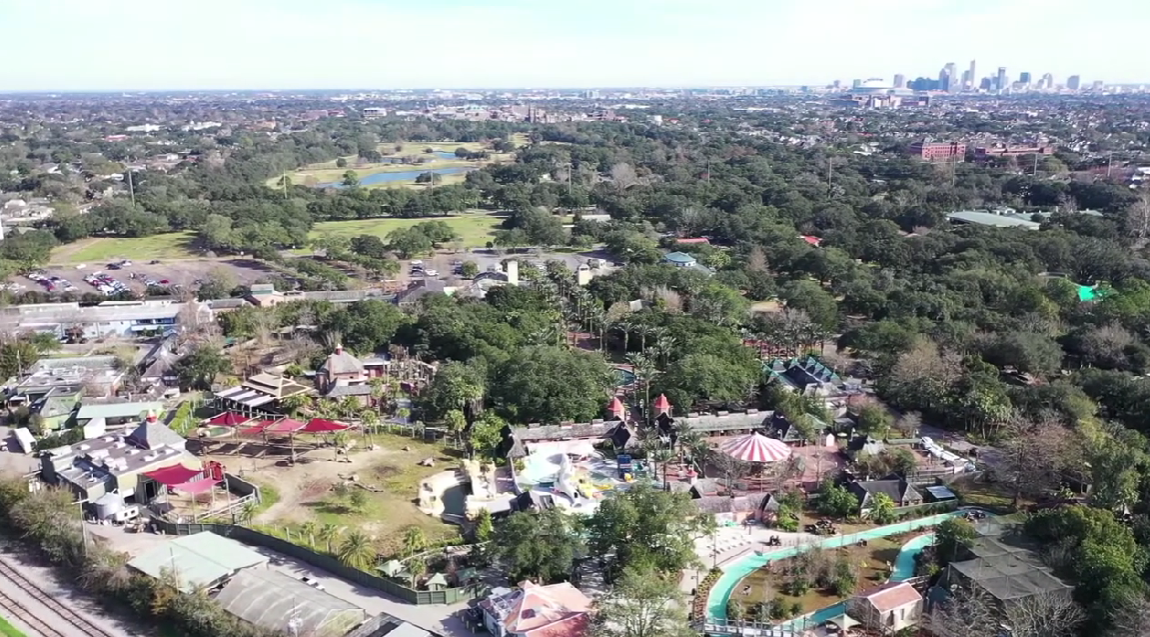
Nowadays – The city of New Orleans top right and Aubudon Park, with the golf course located around the lake you can see in the photograph … And below the mighty Mississippi Rivers with the New Orleans Zoo in this lower part of the park
Audubon Park Golf Club ……
With the removal of the exhibiton buildings it opened-up the land, including almost 32 acres that had been taken-up by the main exhibition buiding, and enough land to accommodate the location now of what are the fourth, fifth, sixth, seventh and eighth holes.
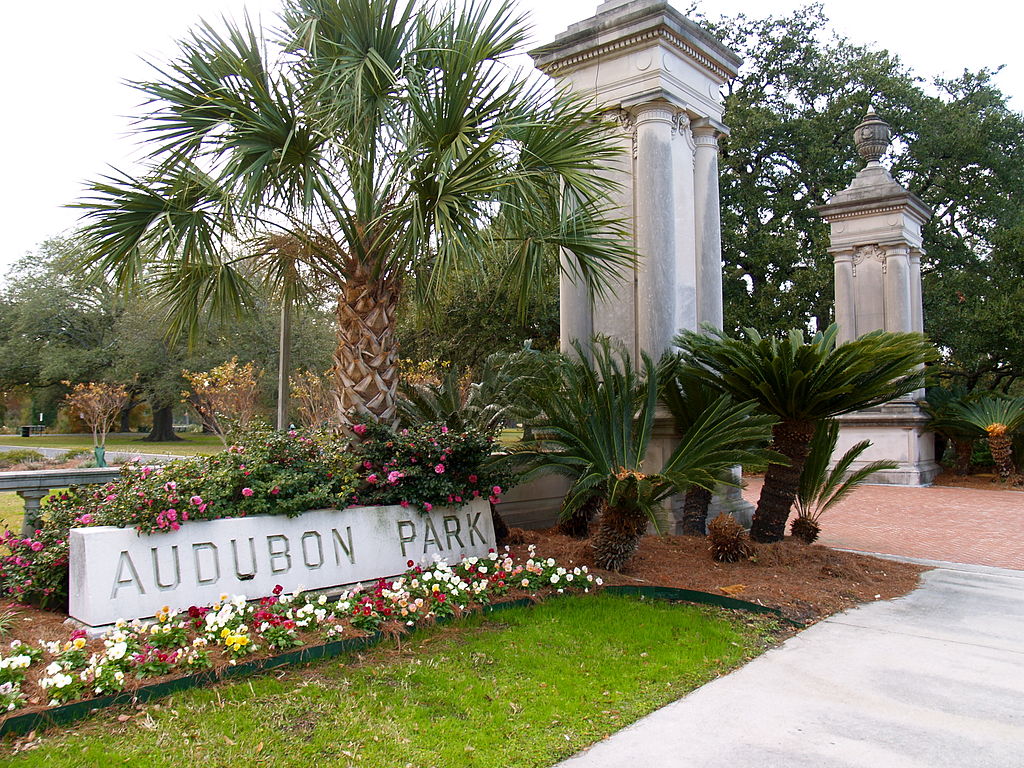
Pretty impressive – The former entrance to the 1884-’85 fair remain in place at Audubon Park Golf Club.
Olmsted’s work also included setting 81 acres aside for a golf course.
However, it was not to 1898 when the Audubon golf course opened within the park, and not only making it the oldest golf course in New Orleans but also Louisiana. It was on 28th October, 1901 when the Audubon Golf Club was founded. There is a plaque on the golf course to commemorate the founding.
In 2002, the golf course was renovated and converted to a mostly Par 3 executive course, to complaints from many non-golfing users of the park, who argued the original Olmsted Brothers design was being desecrated. The Heymann Memorial Conservatory, closed for many years prior, was demolished to accommodate the golf course renovation and new golf clubhouse.
Also in 2002, the New Orleans city council renamed the park’s “Avenger Field” to “David Berger – Avenger Field” in memory of David Mark Berger, an athlete and graduate of Tulane University but who was captured and killed in the 1972 Olympic Games hostage crisis in Munich. The field was officially dedicated to Berger’s memory on June 10, 2013.
Noted golf course architect Denis Griffiths worked to transform the 81-acre site into a 4,189 yard, par-62 course with 12 par 3s, four par 4s, and two par 5s. Griffiths also lays claim to a Scottish connection as he helped in the design of the golf courses at the Fairmont Resort, a role handed to him by good friend Donald Panoz, who then owned the huge St. Andrews complex at the time in the early 2000s.
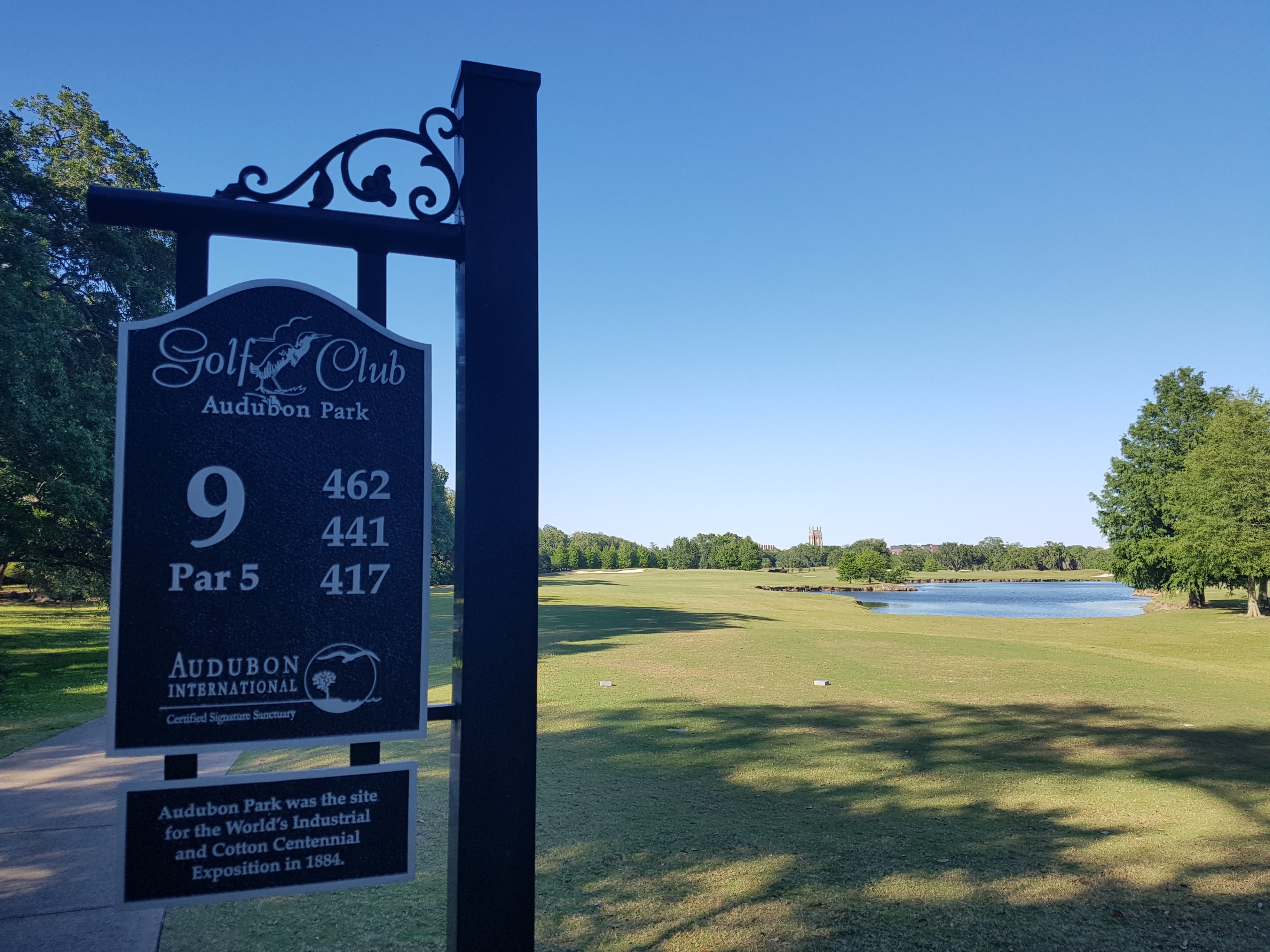
The Audubon Park GC – Ninth hole sign and not the wording on the second part of the sign – Image GolfByTourMiss
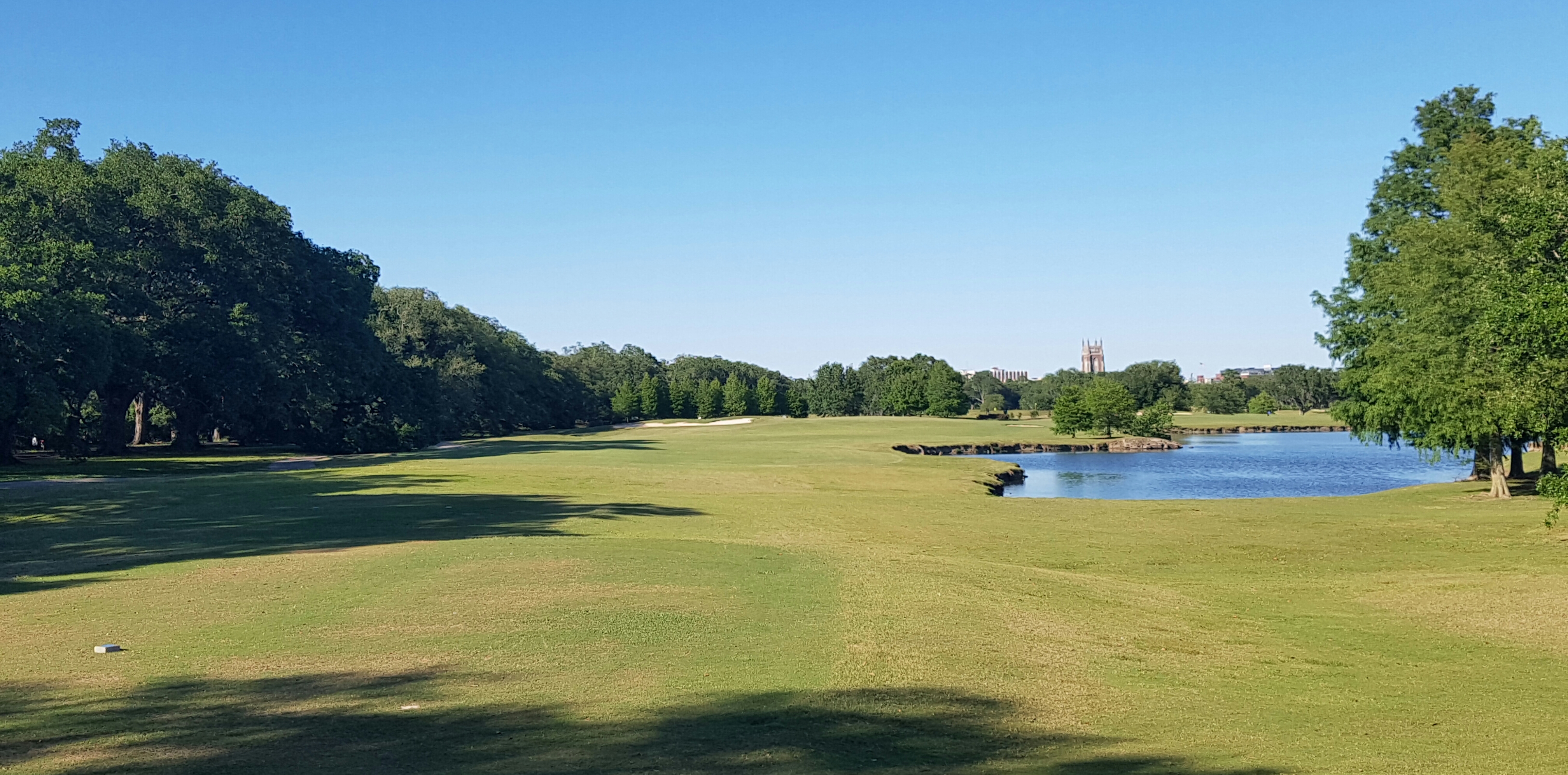
The ninth hole & you can see the tower in the background of the Loyola Univsersity – Image GolfByTourMiss
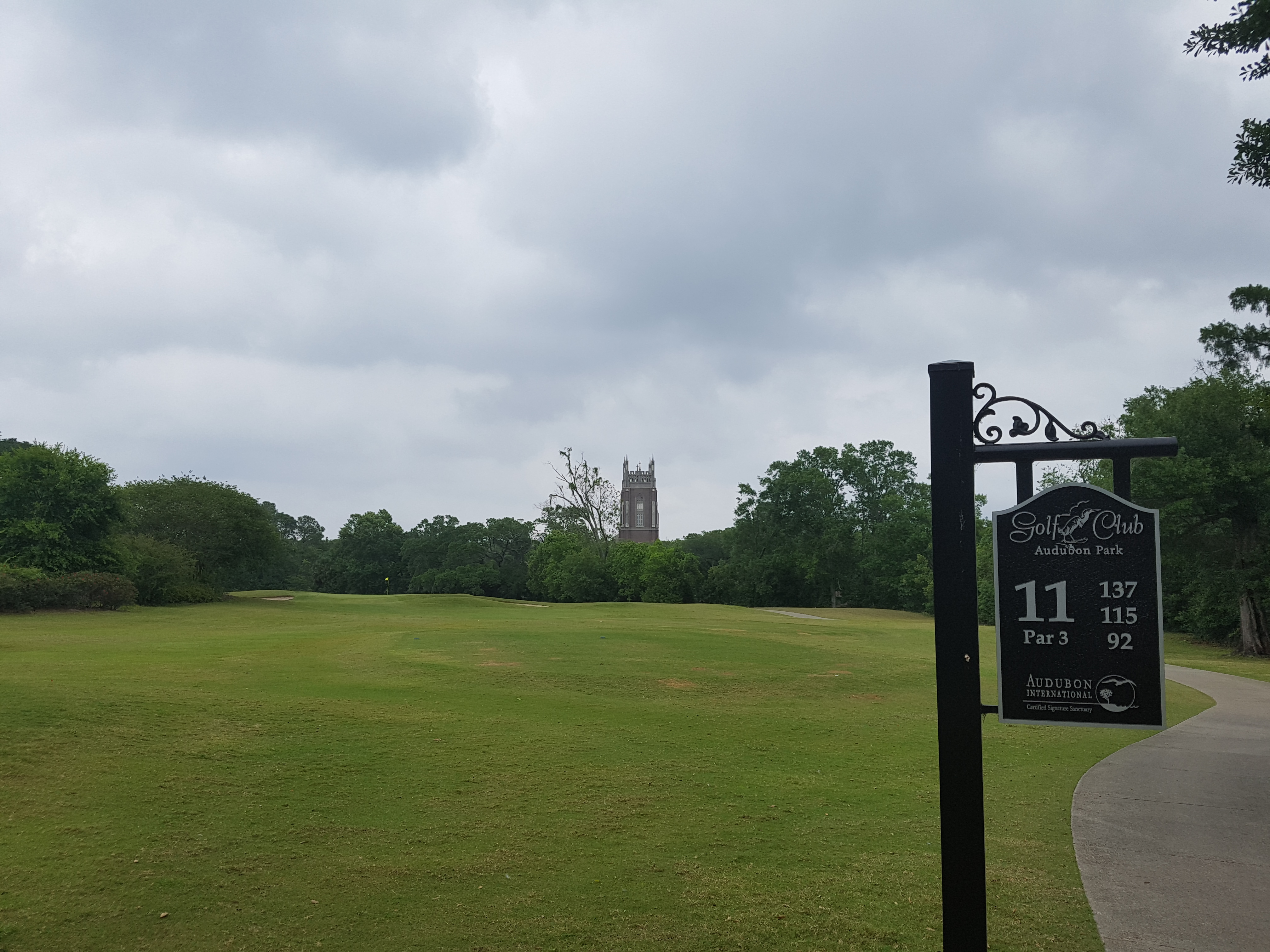
The 11th hole at Audubon Park GC – and the closest I’ve come (up to end of 2023) to an ace in the Northern Hemisphere
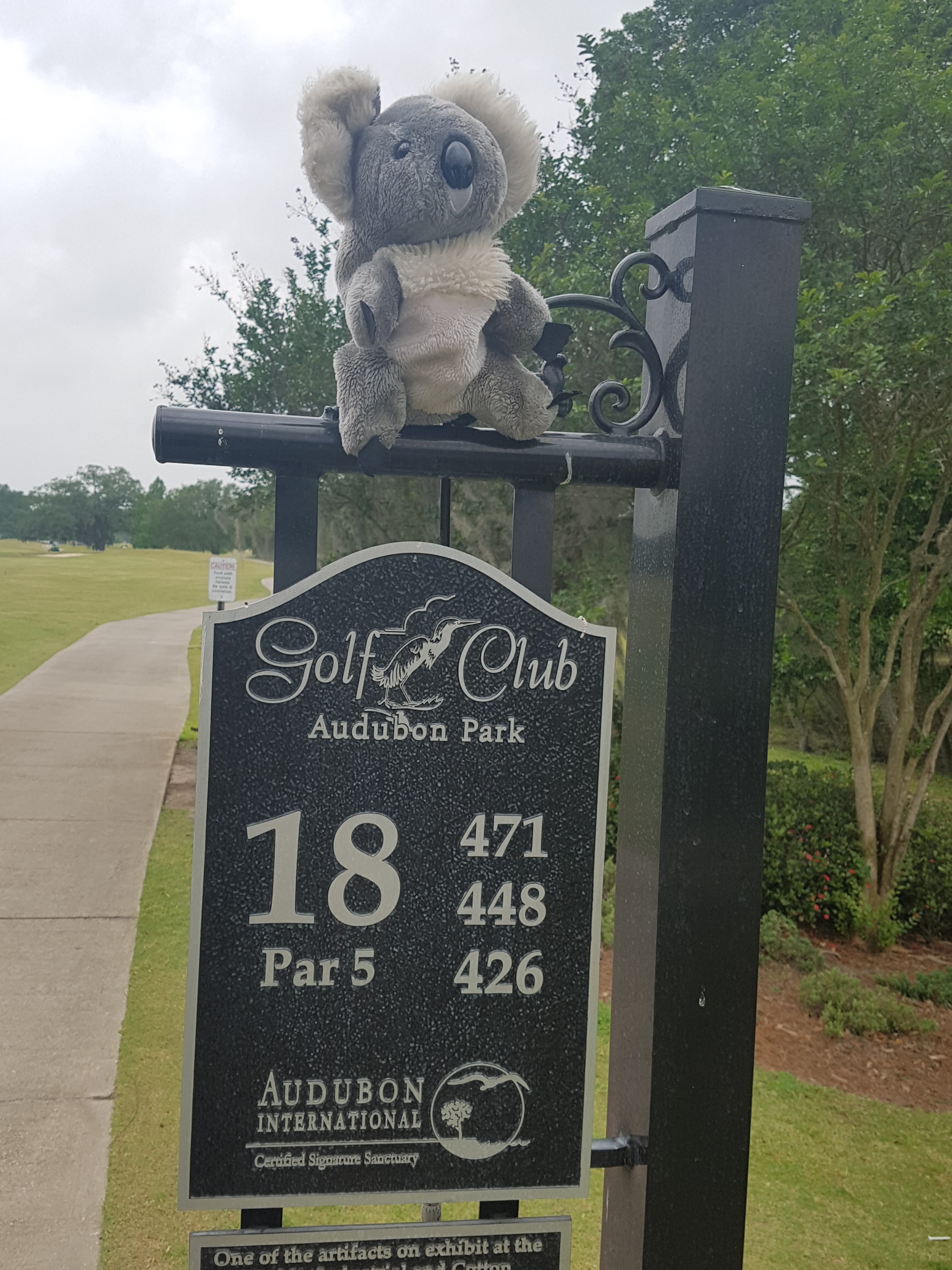
Ted Koala doing what he does best – atop of another 18th hole sign and this time at Audubon GC in New Orleans
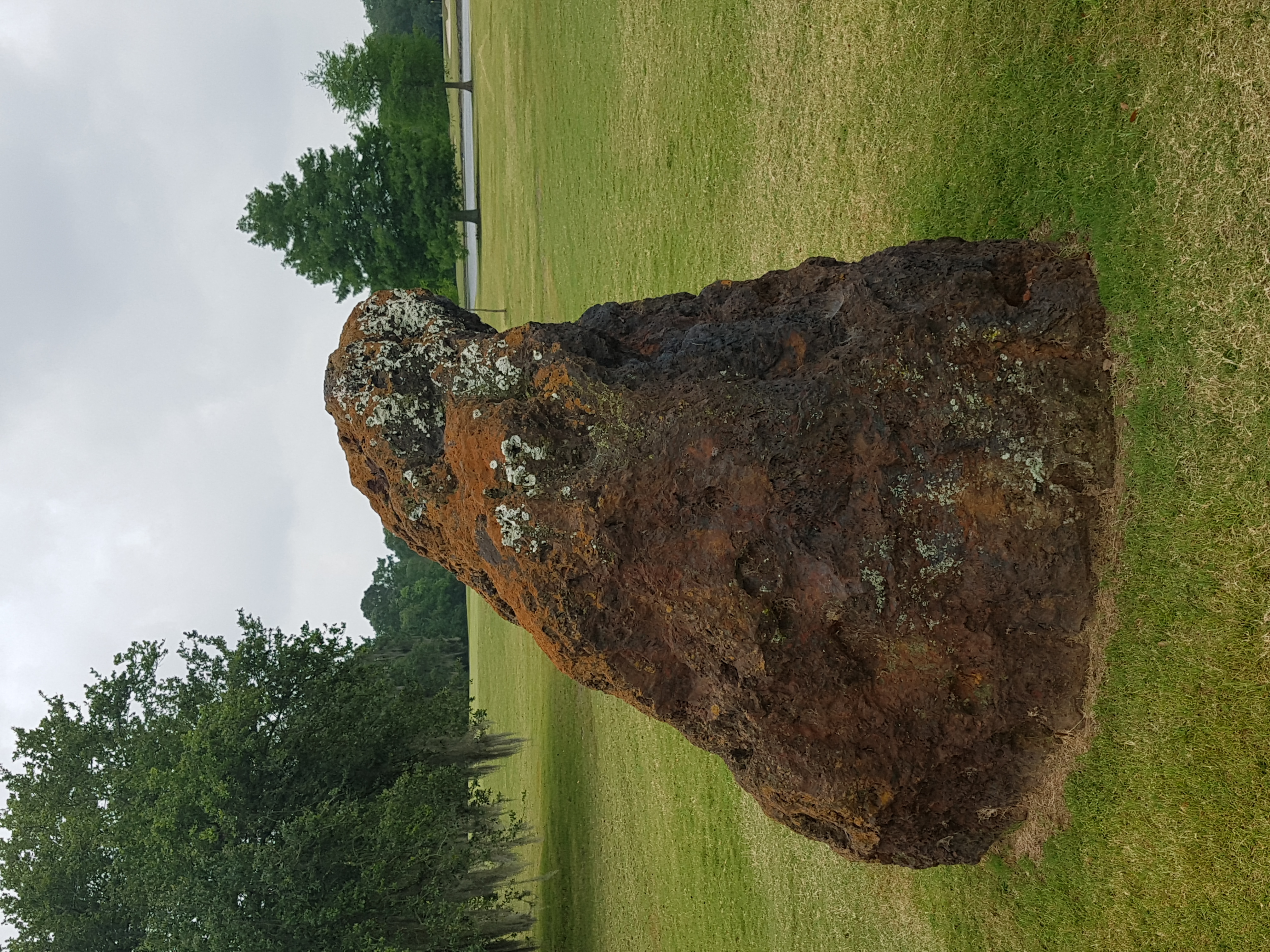
A meteroite plunged onto the Audubon Park GC – Though you better read the sign hereunder as it explains all – Image GolfByTourMiss
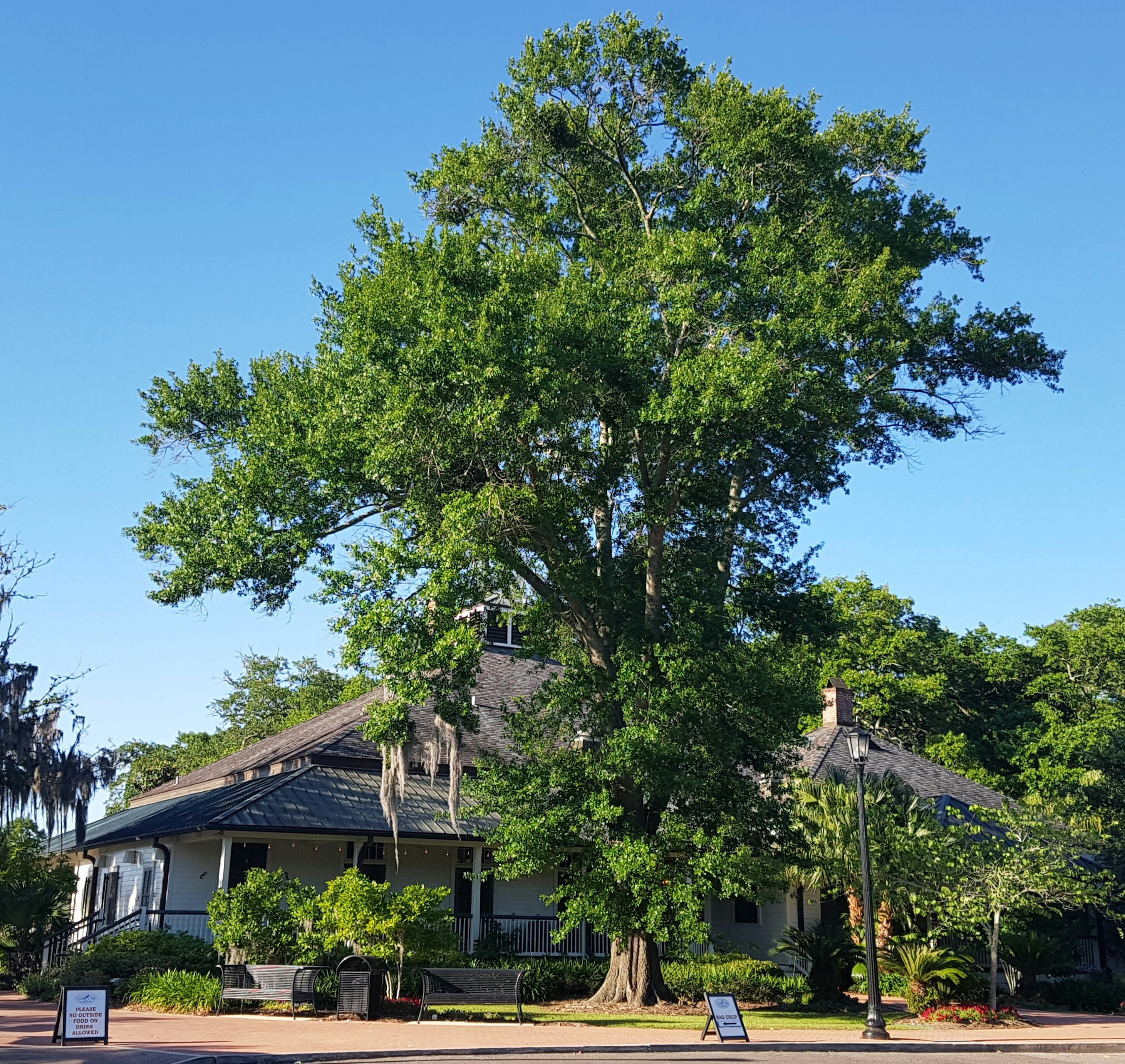
One of great features of the Audubon Park GC is the fabulous-looking Spanish Oak trees – this one by the clubhouse – Image GolfByTourMiss
The Audubon Golf Trail of Louisiana ……
The Audubon Golf Trail includes 17 distinct courses, each offering a unique appeal.
Louisiana Tourism says that golf courses seem a natural part of the landscape … and for good reason: The courses of Louisiana’s Audubon Golf Trail — an innovative collection of top-notch courses, covering all areas of the state. Trail members have undergone a rigorous screening process to ensure a compilation of 17 first-class courses that will have you reaching for every club, as you maneuver the various holes on the trail.
Click on: https://www.explorelouisiana.com/audubon-golf-trail
Footnote …..
There is a second golf course in the US named Audubon and it’s the Audubon Golf Course is housed in the Town of Amherst in New York State.
The course, and located just over 20 miles south east of Niagara Falls, was established in 1933 and with the club enjoying a rich, lengthy history and a prestigious list of past champions.
